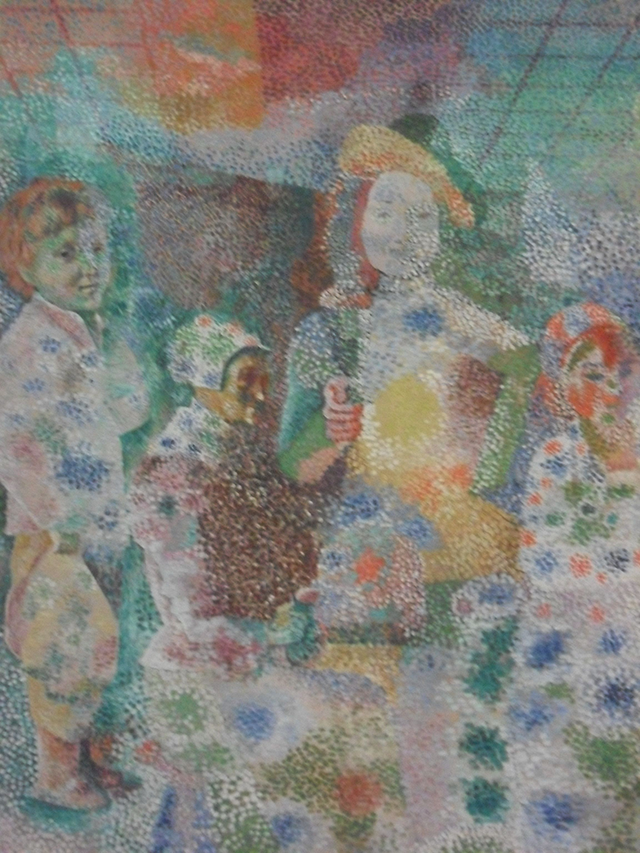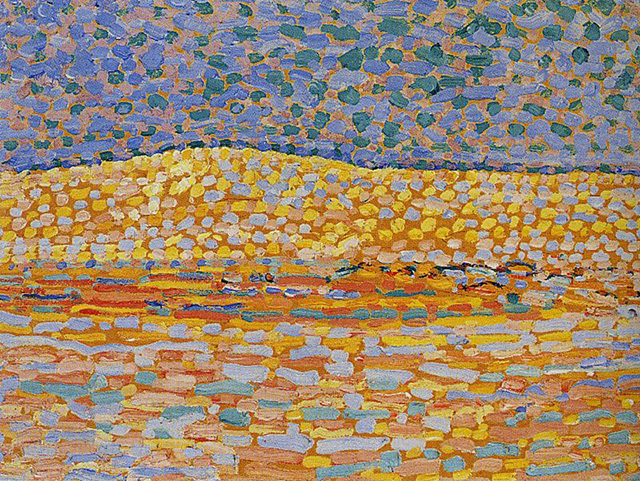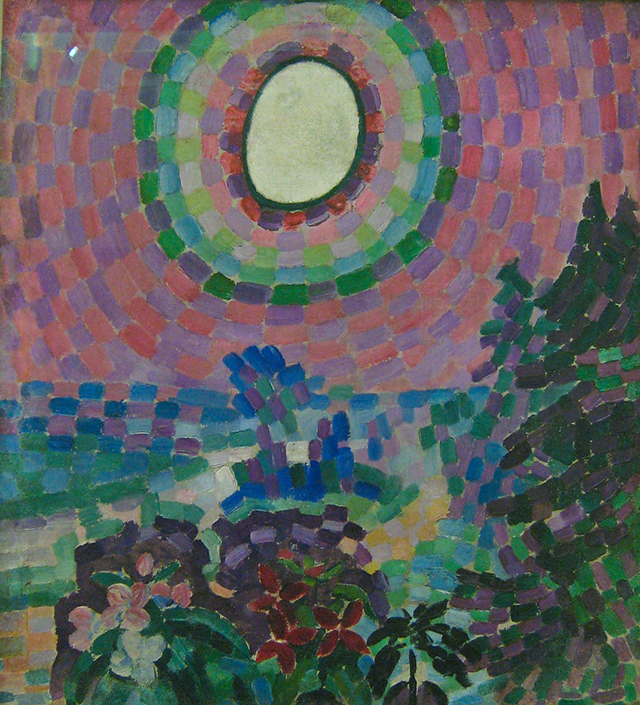- Pointillism art. Luminosity and brilliance of color
- Pointillism definition (term pointillism art)

- 10 June '19
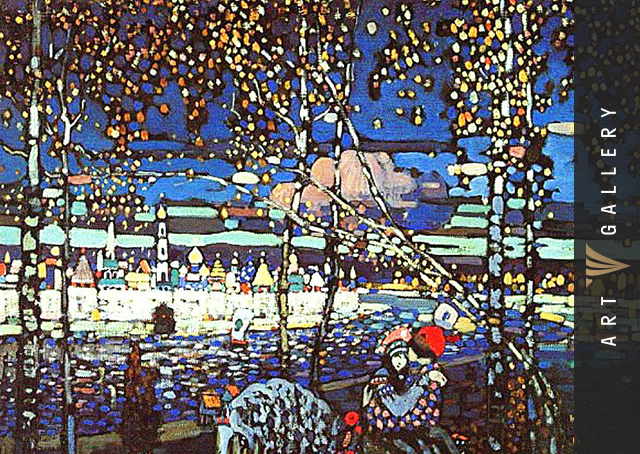

by Shane Lewis
10 June '19Pointillism art. Luminosity and brilliance of color
Pointillism was a revolutionary painting technique pioneered by Georges Seurat and Paul Signac in Paris in the mid-1880s. It was a reaction against the prevailing movement of Impressionism, which was based on the subjective responses of individual artists. Pointillism, by contrast, demanded a much more scientific approach – as we’ll see below.
Along with Seurat and Signac, leading members of the group included their fellow Frenchmen, Henri-Edmond Cross, and Maximilien Luce. Other well-known artists who briefly made works in Pointillist style were Vincent Van Gogh and, Robert Delaunay, Pablo Picasso, Piet Mondrian and Wassily Kandinsky.
Pointillism definition (term pointillism)
A technique of neo-impressionist painting using tiny dots of various pure colors, which become blended in the viewer's eye. It was developed by Seurat with the aim of producing a greater degree of luminosity and brilliance of color.
1. Points of pure color:
Pointillism involved the application of paint in carefully placed dots of pure, unmixed color. According to Seurat and Signac, these would be blended by the viewer’s eye to create a more striking image than any made after mixing colors conventionally on a palette.
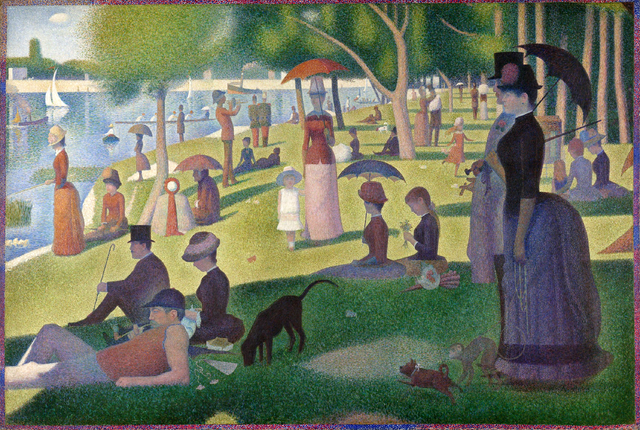
2: Science of the eye:
In short, the visual impact of a tapestry was actually a matter of optics, not chemistry. It depended on the juxtaposition of complementary colors (which enhanced each other's intensity) – blue and orange, for example.
3. 'Painting by dots':
The movement's name derives from a review of Seurat's work by the French art critic, Félix Fénéon, who used the expression Peinture au point (“painting by dots” or "dots of paint").
4. Meticulous technique:
Pointillism is regarded as a Neo-Impressionist movement. Which is to say, it grew out of – and beyond – Impressionism. Like members of that earlier movement, Pointillists wished to render optical phenomena. However, they renounced fluid, spontaneous strokes in favor of a measured, meticulous technique.
5. Van Gogh and Pointillism:
Vincent van Gogh had a brief association with Pointillism. Certainly some of his paintings from that Parisian period – such as 1887's Self-Portrait – show hints of its influence. It's generally agreed, however, that van Gogh was too restless a spirit for a style as technical as Pointillism.
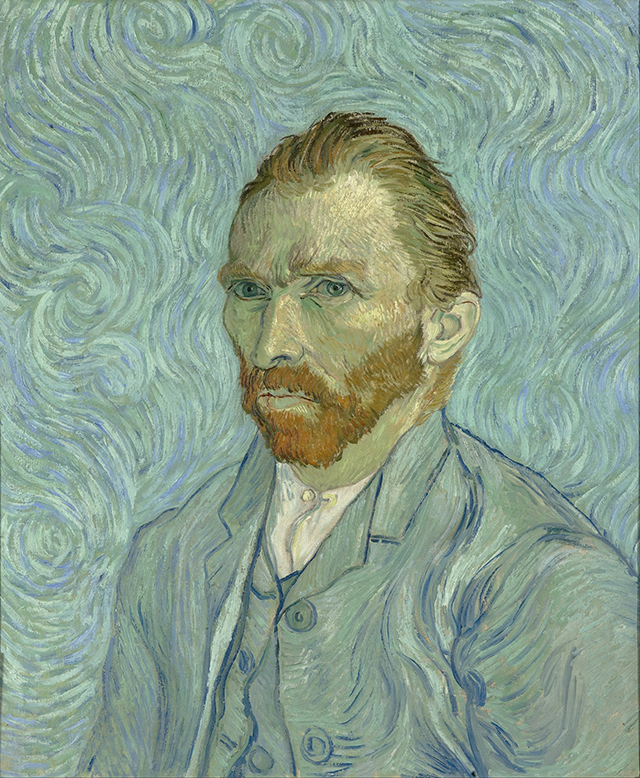
6. Music of the dots:
Musical metaphors were occasionally used to help describe Pointillism, most straightforwardly that of the colored dots being in a kind of harmony.
From Pointillism to Fauvism:
With its strident color combinations, Pointillism was a clear influence on Fauvism, among other movements: Henri Matisse's Luxe, Calme et Volupté (1904, now in the Musée d'Orsay) is often cited as an important work of transition between the two.
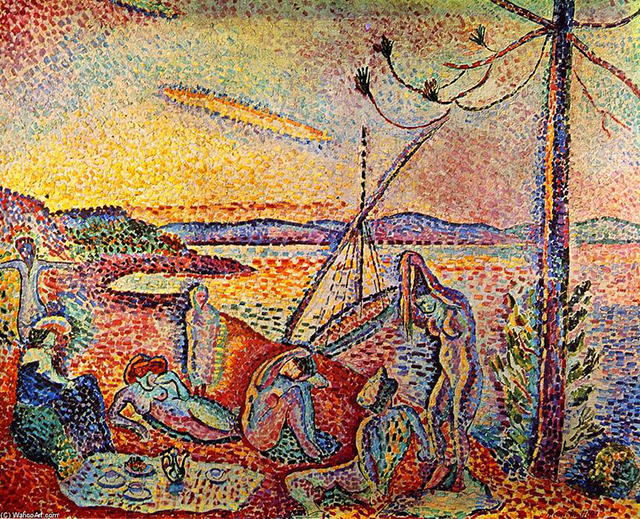
Pointillism painting
